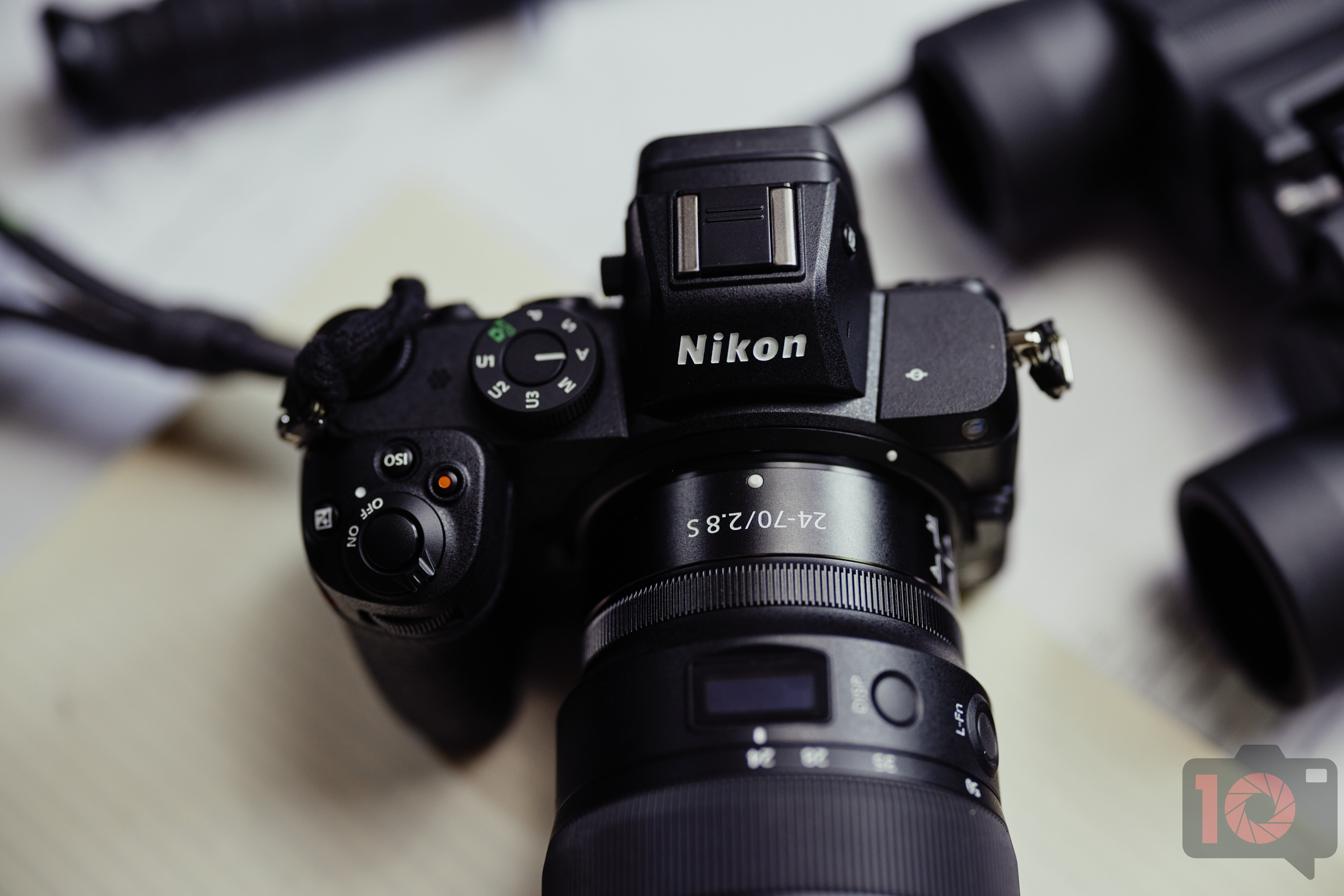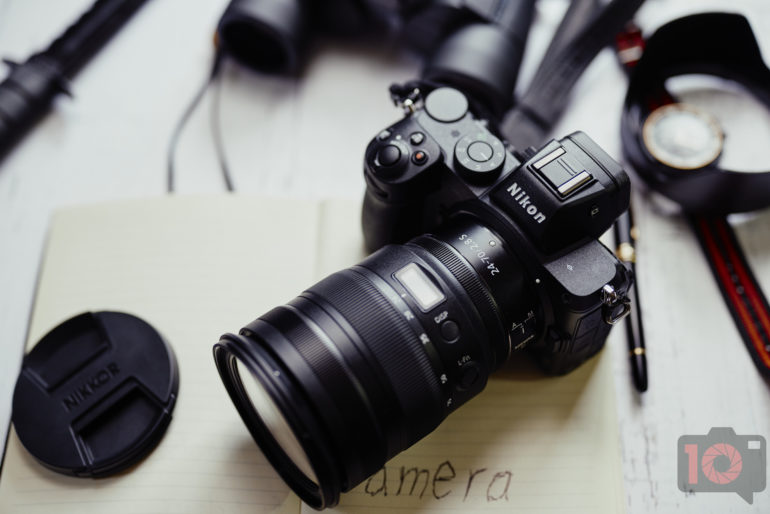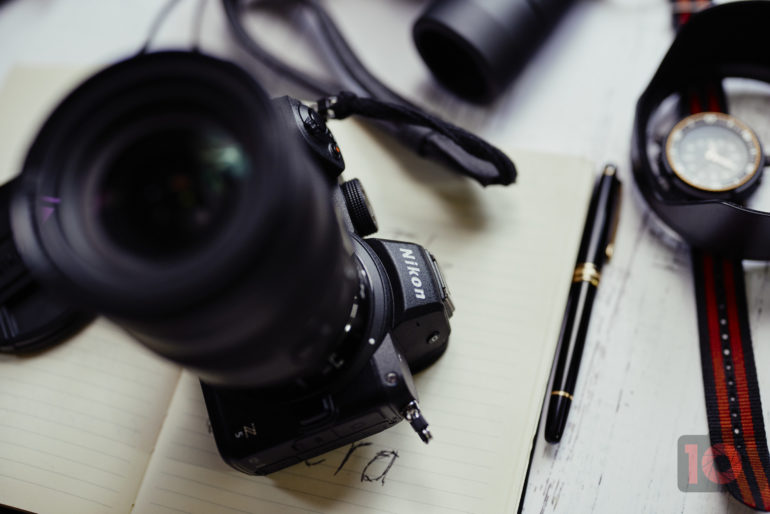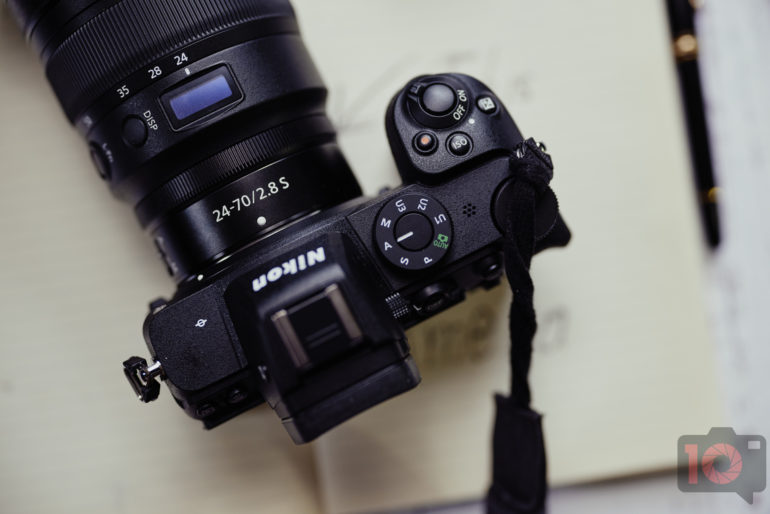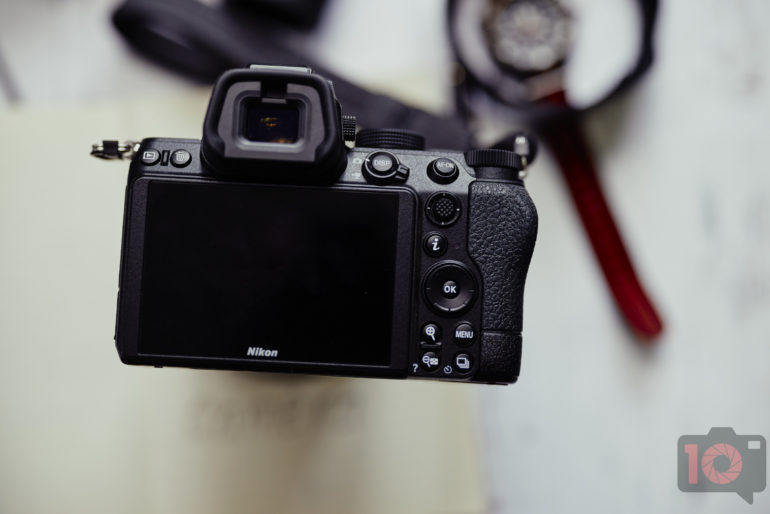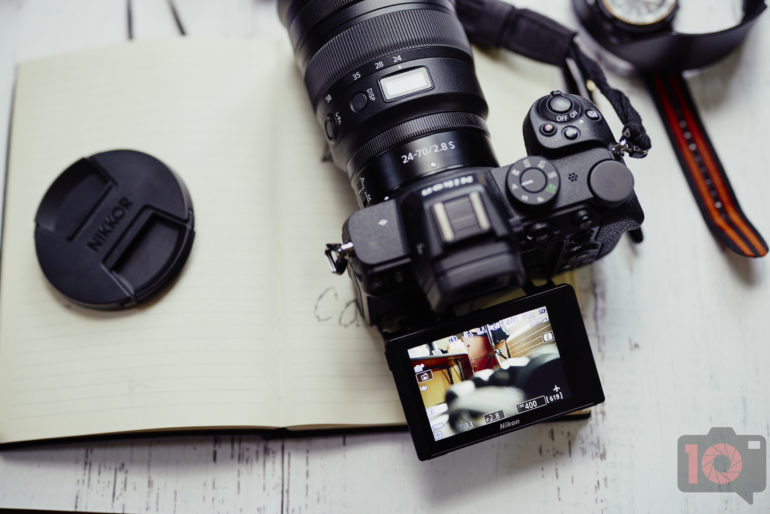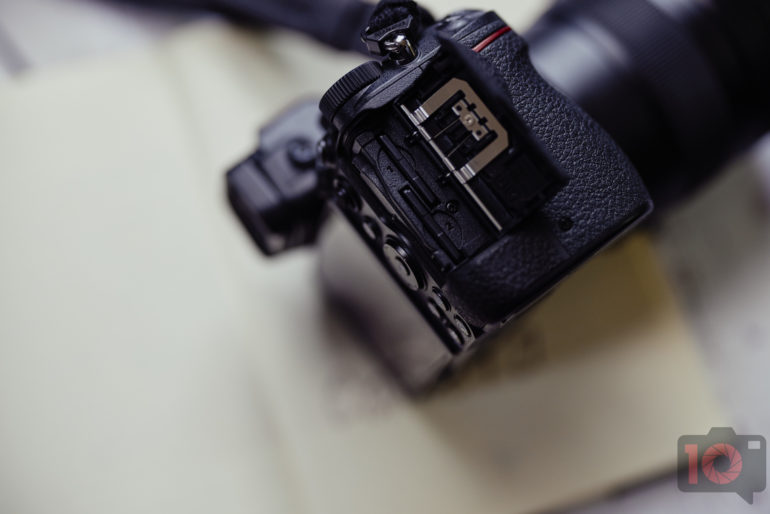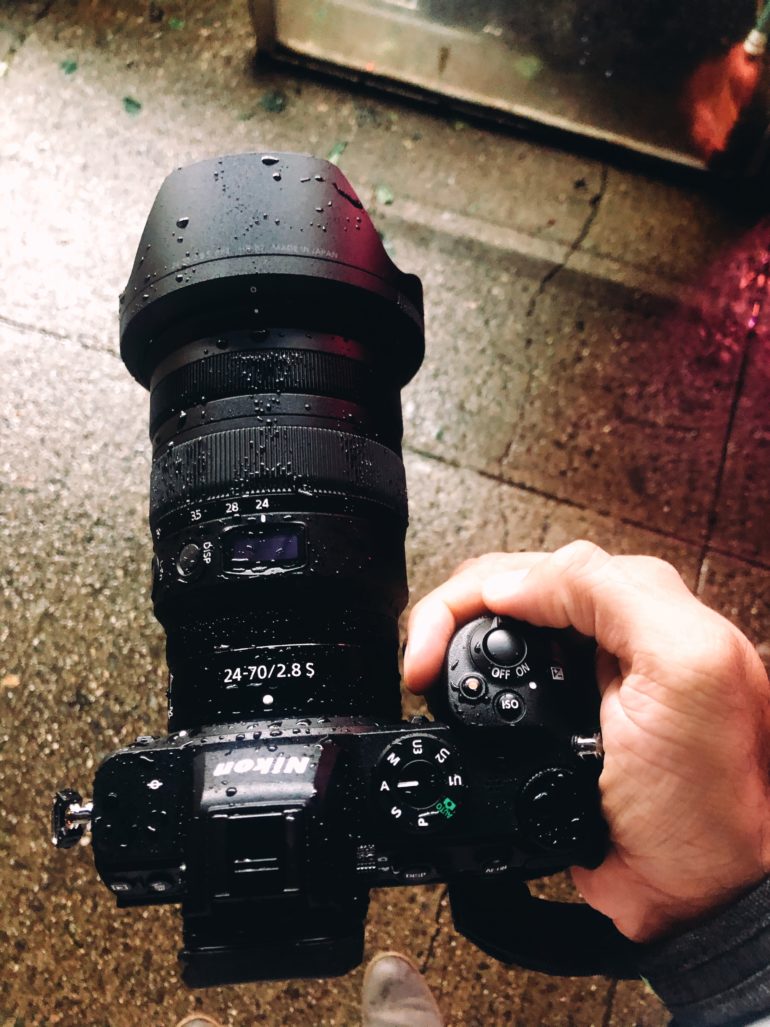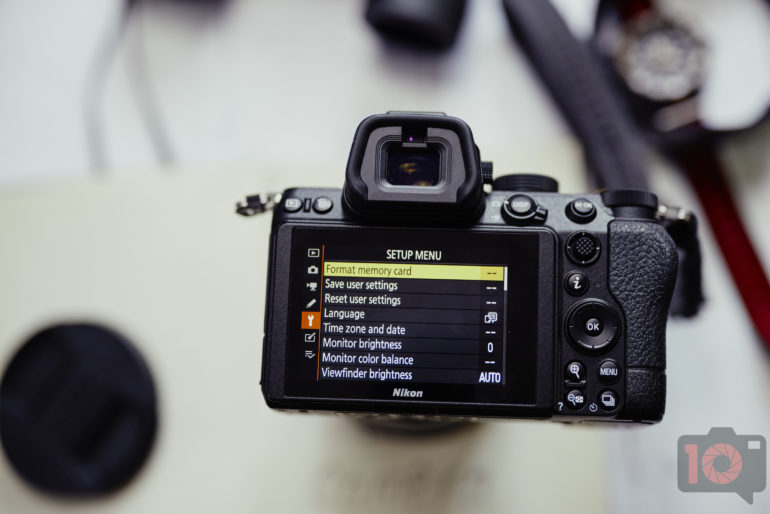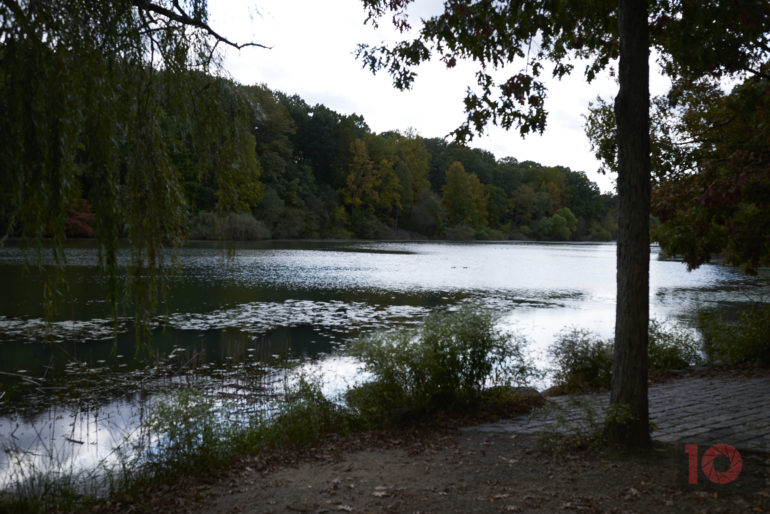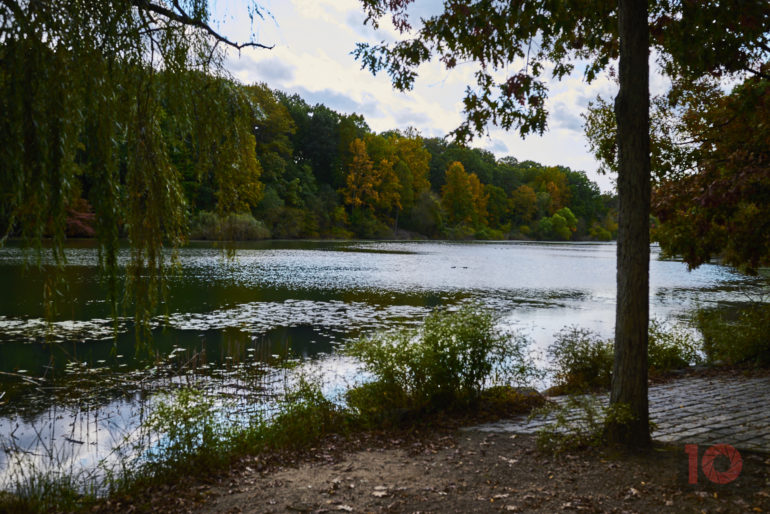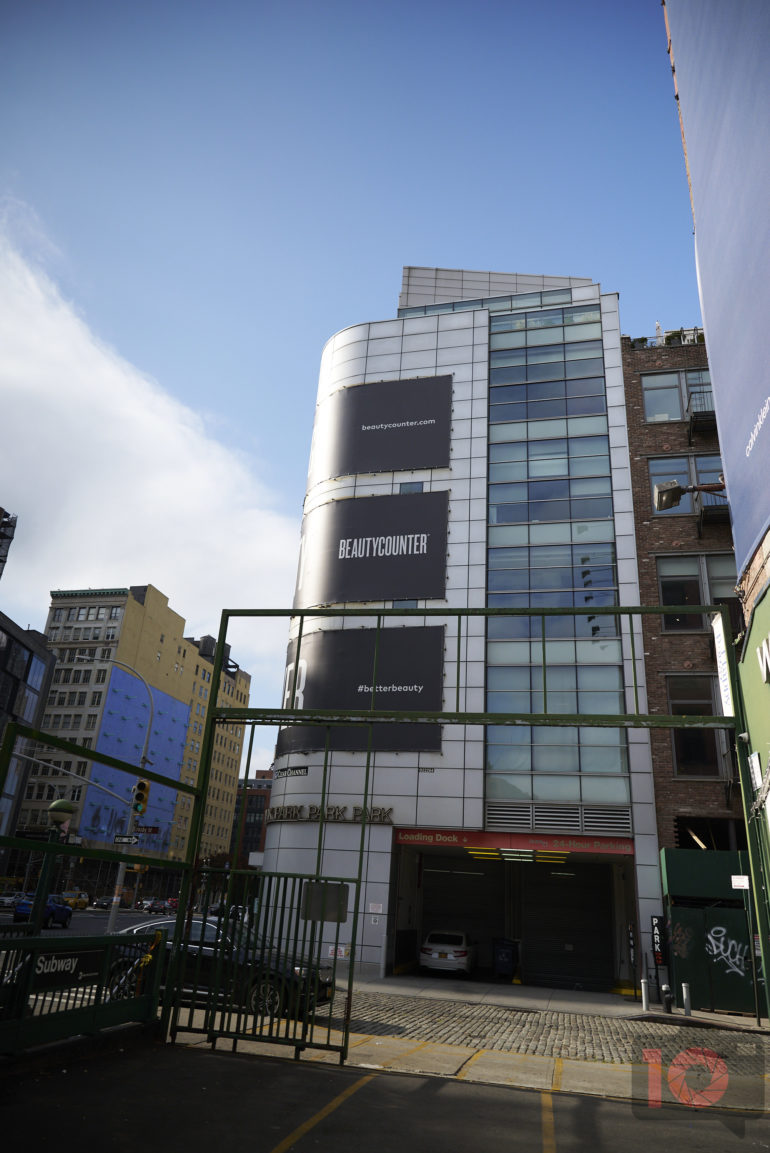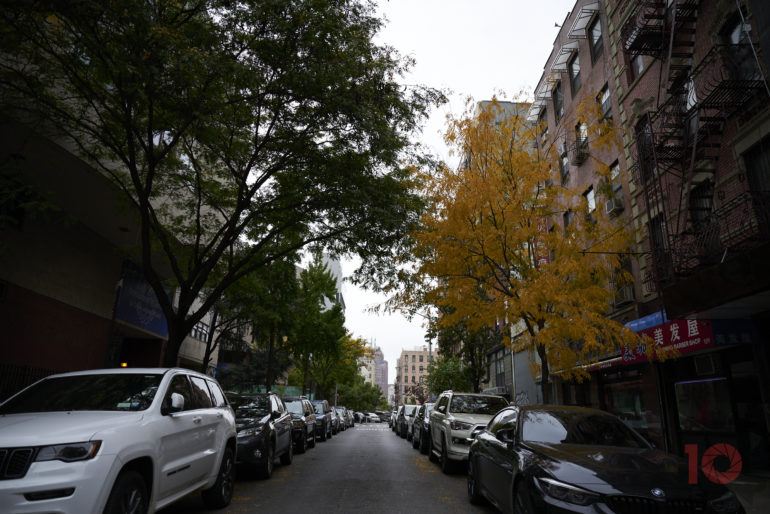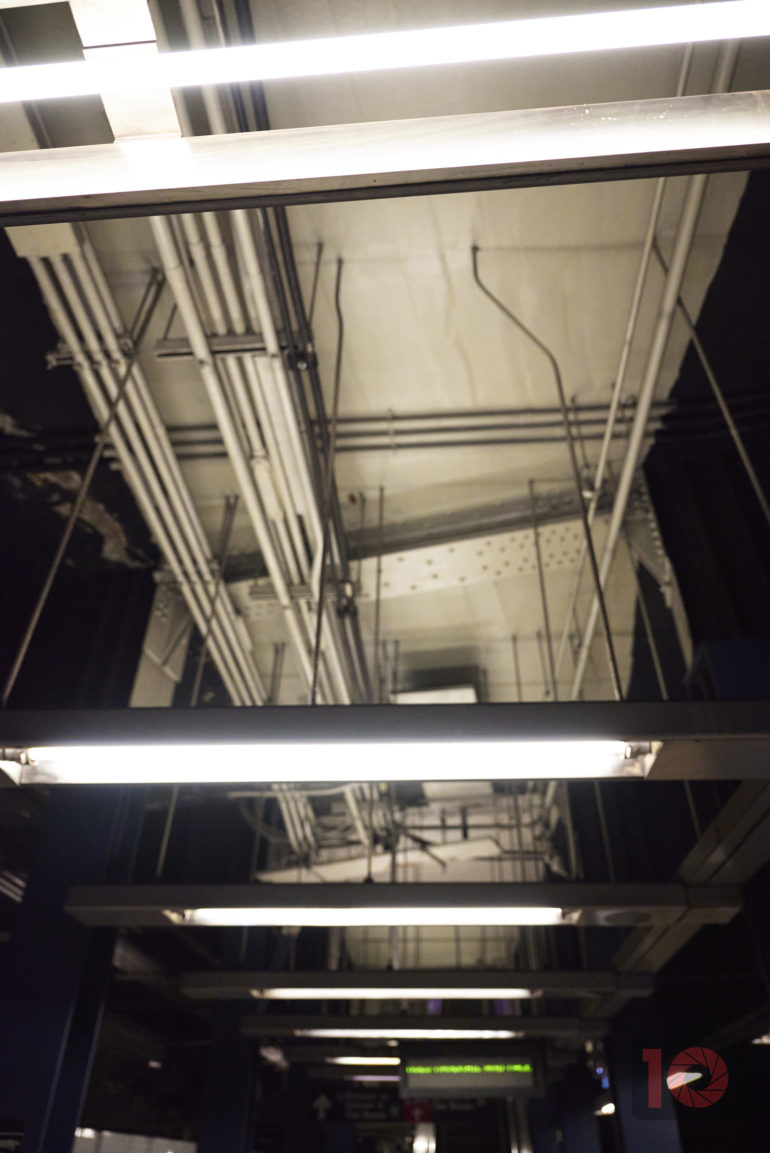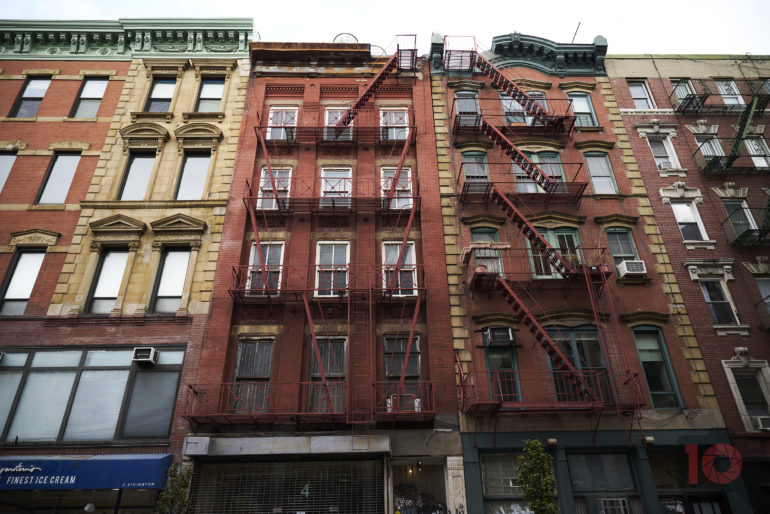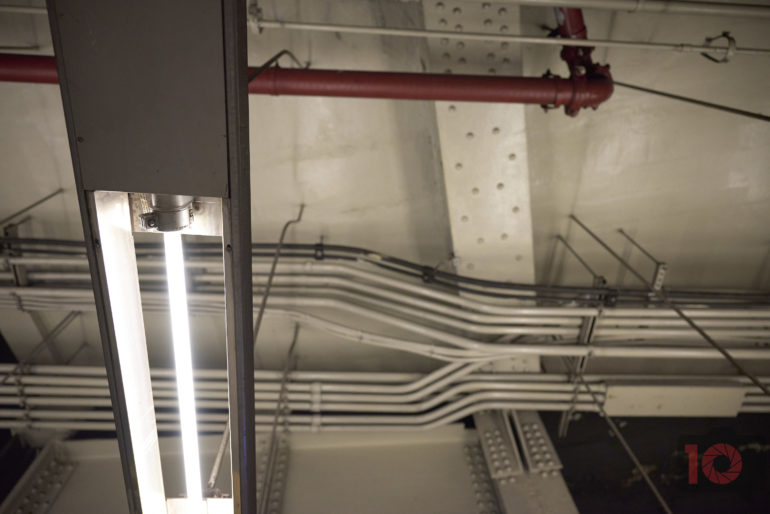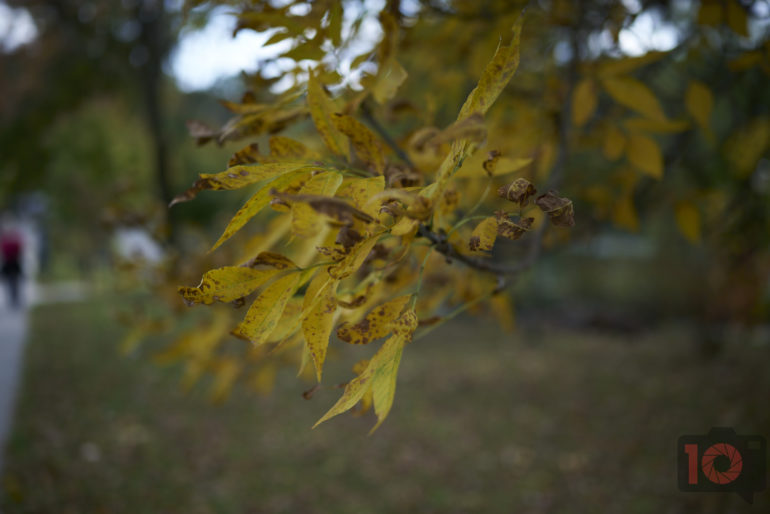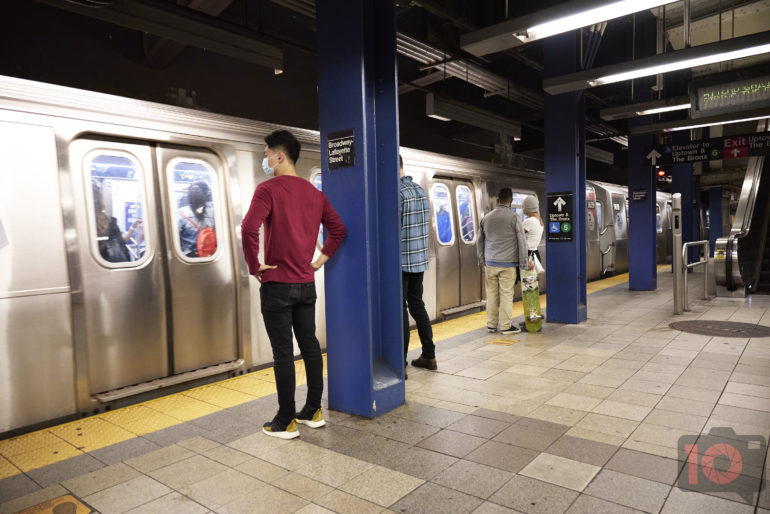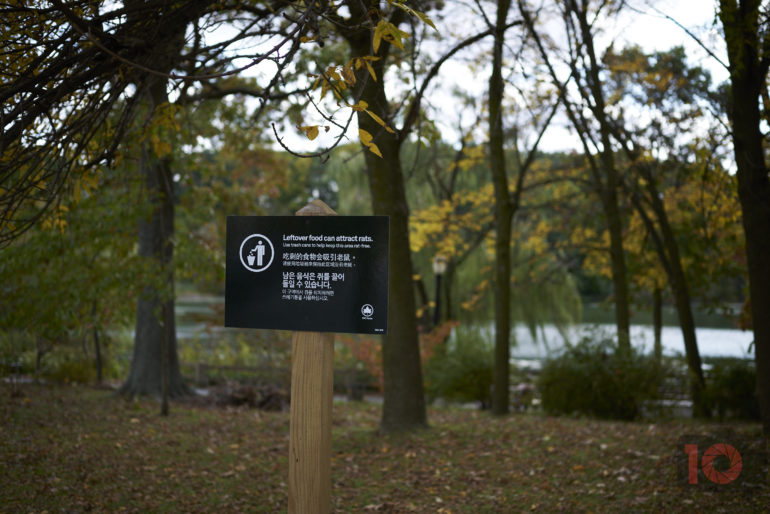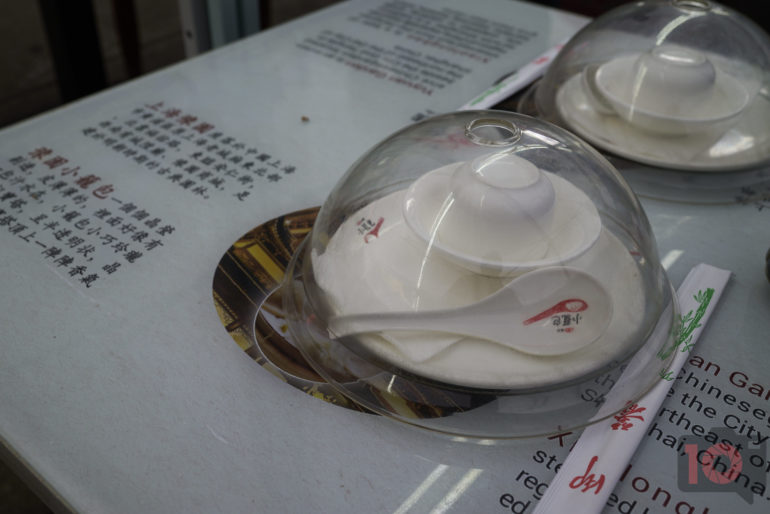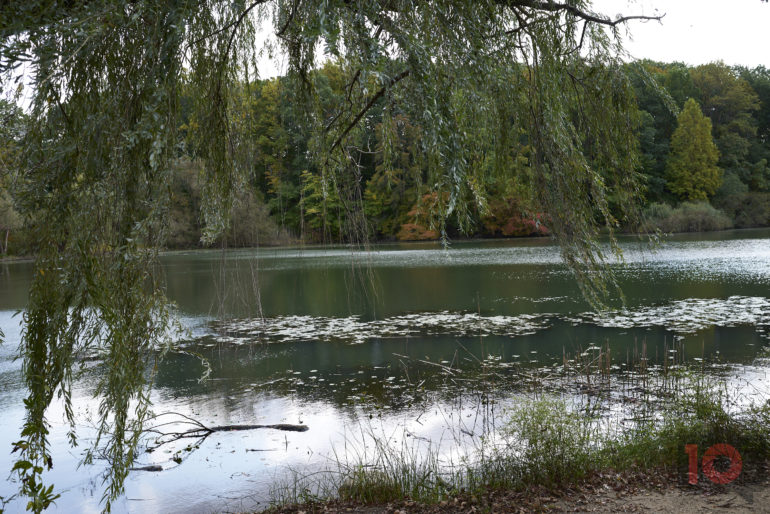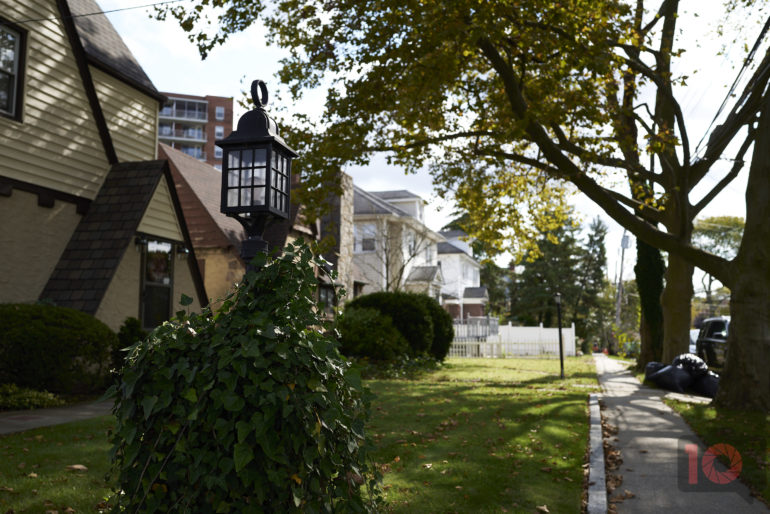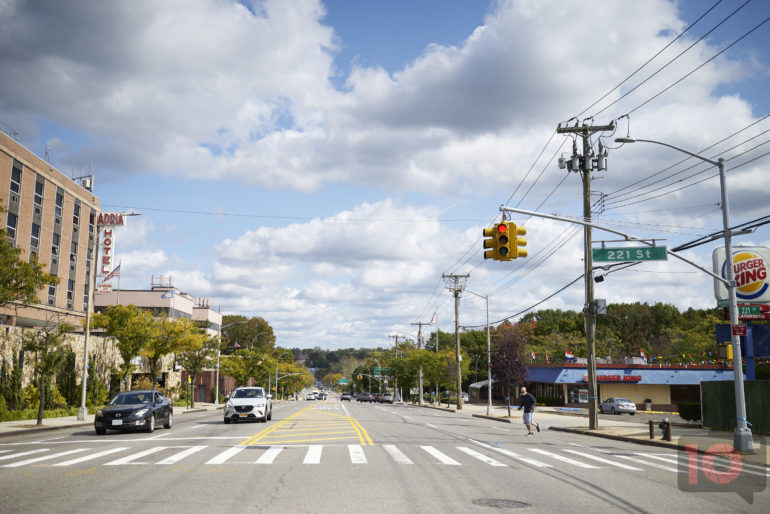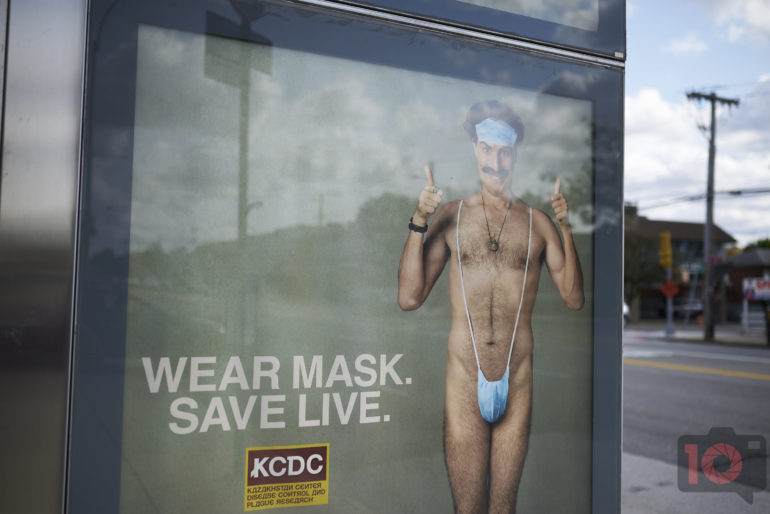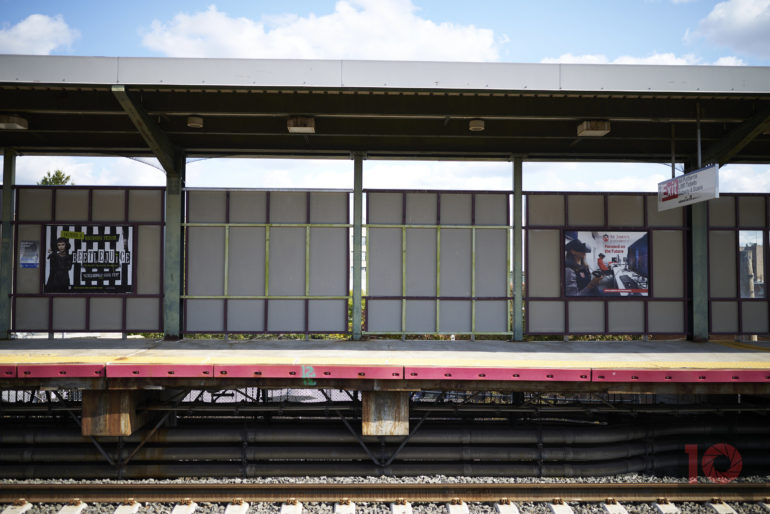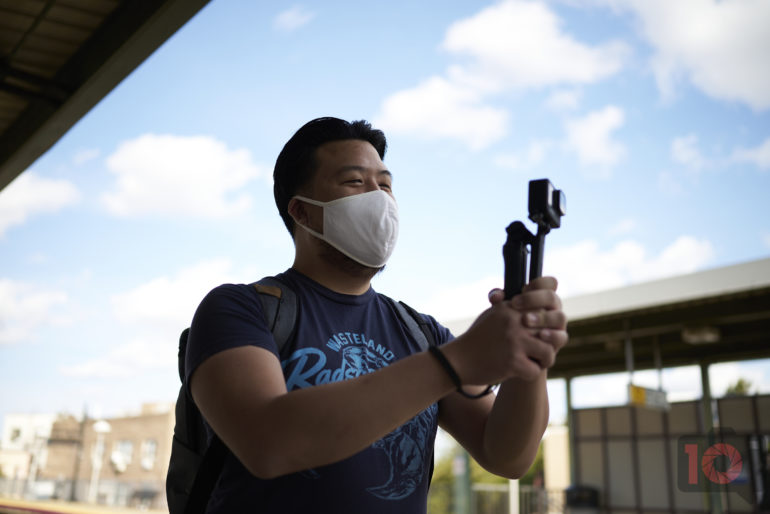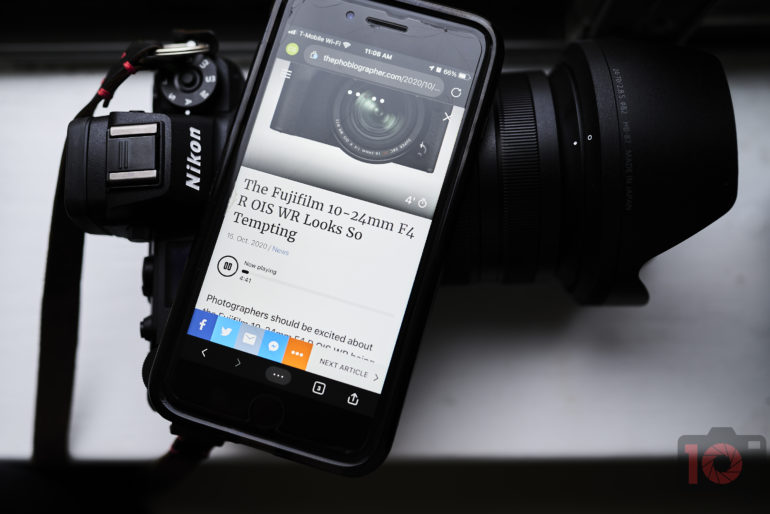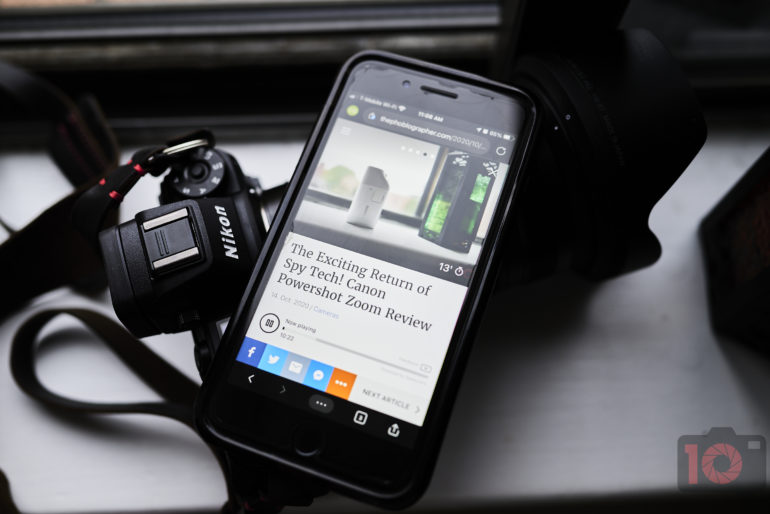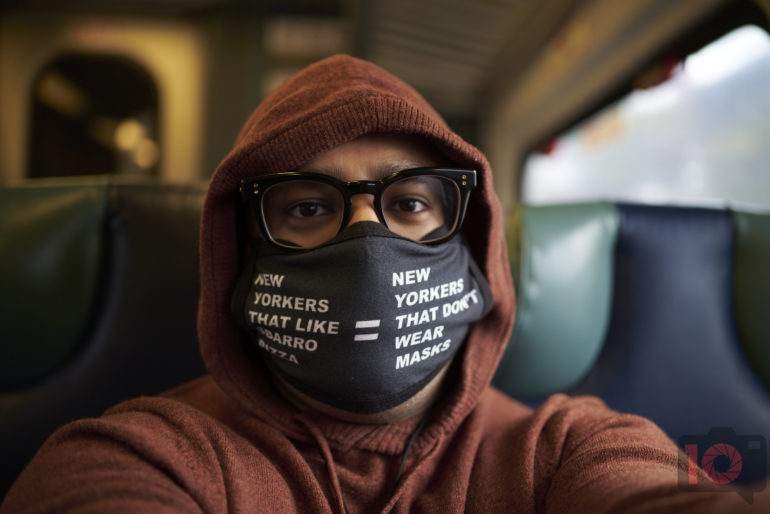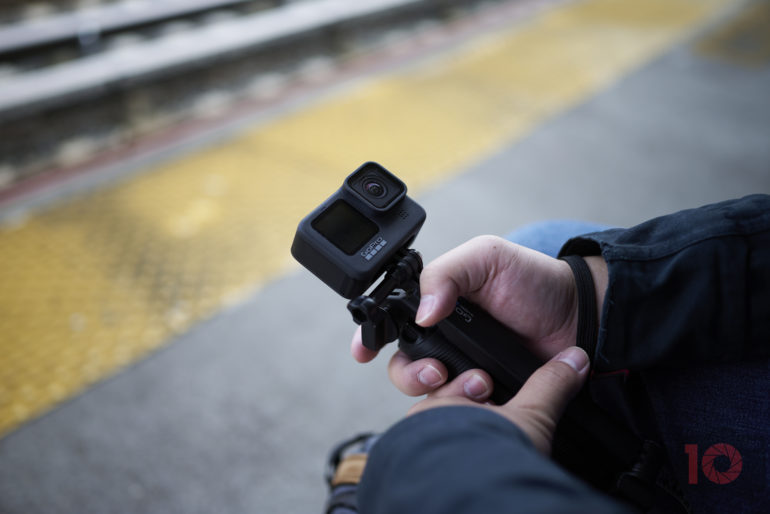Follow along and Listen to this Article by pressing the button. Give it a try!
You’re probably wondering why all these camera reviews sound the same. Well, quite frankly, we’re wondering why all these cameras are the same! For as good as the Nikon Z5 is, it should’ve been released years ago. This is what the Nikon Z6 should have been. And the Nikon Z6 II should’ve gotten some insane boosts. In some ways, Nikon is still the company we’ve known for over a decade. They’re still pretty much the best at high ISO output in some ways. Additionally, their cameras can still take good pictures. There’s also the really fun Nikon color profiles that irritatingly can’t be applied to your RAW files. Make no mistake, the Nikon Z5 is a good camera. In fact, it’s my favorite that Nikon has made in a long time. But Nikon isn’t innovating. They’re struggling to keep up, and there’s nothing that’s compelling us to buy from them unless you’re probably a YouTuber. Ultimately, it’s mostly the same internals as everything else with a better exterior.
Editor’s Note: Update as of February 2022, these updates are in bold.
Editor’s Note: We just talked to Nikon and have to issue an apology on our error. Lots of Nikon cameras do not have a textured ISO button. However, we’ve tested lots that do. I’ll rephrase this to say that little things like that really do count. Or having the illuminated buttons totally count. Further, in regards to weather sealing, everything should have an IP rating these days. It’s critical to the future of our industry.
Table of Contents
Pros and Cons
Pros
- Dual card slots
- The Single most reliable Nikon mirrorless camera I’ve used in terms of autofocus, battery life, and performance
- Weather sealing
- This is what the Nikon z6 should’ve been at the start
- Beautiful image quality
- I like the shutter sound
- Charges while shooting video if hooked up via USB C
- This is a finally proper camera for a working photographer
- AF-F mode tracks beautifully in the video modes.
- I’ve never played with the various more lively color modes. They’re very fun and great for webcam use!
- A fantastic webcam. This and the Panasonic S1 have arguably been the best at tracking my face.
- I really wish that Nikon pushed their creative presets a lot more. Their Sunday preset is so gorgeous.
- It’s only around $1,400 at the Nikon Store on Amazon.
Cons
- No-textured ISO button to look for in the dark. Really Nikon? When we pressed them on this, they didn’t answer us. Which makes us believe that they think our question isn’t important. We finally got an answer and were able to clarify that no Nikon cameras have the textured ISO button.
- Why can’t their creative presets be applied to the RAW files in Capture One?
- No buttons that light up in the dark
- 4K video mode crops the image when using it as a webcam
- I miss the top LCD screen of the higher end camera models
Gear Used
We tested the Nikon Z5 with the 24-70mm f2.8 and the 35mm f1.8.
Tech Specs
Here’s a summary of the essential specs from the LensRentals listing. If you’re interested, rent it before you buy it.
- 24.3 Megapixel Backside illuminated full-frame sensor
- Hybrid image autofocus; five-axis vibration reduction
- ISO 100 – 51200
- Weather sealing
- 4K UHD video with a crop
- 14-bit RAW depth
- 4.5 fps shooting
- 1/200th flash sync speed
- 1,040,000 Dot LCD screen
- 1.3 lbs.
- Bluetooth and Wi-Fi
Ergonomics
The Nikon Z5 continues Nikon’s DSLR-feeling mirrorless camera trend. When you look at it, this camera seems pretty serious. But instead, it’s not one of Nikon’s most serious offerings. It’s eventually going to be targeted at the mid-tier when Nikon’s highest level cameras come out.
On the front of the camera, you’ve got a few controls. There’s the lens release. But there are also two customizable buttons. These buttons affect autofocus and white balance. You’re supposed to use them in conjunction with the dials. It’s a quick, convenient, and great way to control the camera quickly.
On the top, you’re going to find some of the controls. There’s a giant mode dial. Additionally, there is the ISO button, recording button, exposure compensation button, on/off switch, shutter release, and the hot shoe. Not much else is there.
Turn to the back, and you’ll find a ton of other controls. Most of the important stuff is on the right side. Nikon’s layout is incredibly comfortable. However, it’s sometimes also sort of confusing. But you’ll get it in time. You can also do quite a bit using this giant screen on the back. Plus, the viewfinder is as good as it’s ever been.
Speaking of the screen, though, it can pan up and down. I really wish it flipped inward on itself, though. In the dark, the back LCD screen is incredibly bright. And that would be a quick way to making sure you remain stealthy when shooting.
And yes, there’s the best part of it all. Here are dual SD card slots! The Nikon Z6 should’ve had this at launch.
Build Quality
The Nikon Z5 is weather resistant. It’s rated to be just as tough as many of the company’s other cameras. Nikon’s mirrorless cameras are thankfully as tough and reliable as they get. We’ve taken it out in the rain and purposely let more moisture get on it. Despite this, the Nikon Z5 kept working. That’s fantastic to know. Durability aside, the Nikon Z5 feels like an actual camera in many ways, while Sony only wishes that their ergonomics could match Nikon’s. There are some oddities for sure, though. I miss the top LCD screen of the company’s higher-end cameras, for example. And then there’s the biggest head-scratcher.
If you’re new to photography or not legally blind, you’re not going to understand what I’m about to say. You’ll mostly get it if you’ve shot in near pitch black darkness. This camera’s ISO button isn’t textured. For years, this button has always had a different texturing on top, so you can easily find it in the dark. Lots of camera makers have had it. But with the Nikon Z5, they took it away. When I asked Nikon’s PR reps to explain this, we didn’t get an answer. Though I’m probably personalizing this, I find it a slap in the face. That textured ISO button helps those of us with low vision find it in the dark. Combine that with no illuminated buttons, and it’s almost like Nikon doesn’t want us to use their camera. Editor’s Note: Nikon hasn’t had textured ISO buttons before. But other brands have. We apologize for this. Nikon has instead had illuminated buttons.
If you think I’m too harsh on Nikon for this, I implore you to open your mind about this and a ton of other things they do.
- What if the way you unscrewed the caps on your favorite soft drinks suddenly changed directions?
- What if the power button on your phone was suddenly in an odd spot you’re not at all used to?
- What if your left and right mouse buttons suddenly had their functionalities switched?
- What if the brake and gas pedal of your car suddenly switched sides, and you often had to drive in the dark?
- What if your phone suddenly went to the lowest brightness and even darker than that when you were reading this article at night in bed with the lights turned off?
- What if you were driving at night on a highway with no street lamps and suddenly your bright lights get super dim?
A lot of this is present in Nikon’s ergonomics and build quality. The company had a chance to change it but doesn’t. It’s too late now.
Ease of Use
If you’ve used Nikon cameras for a while, all this is going to be familiar to you. Well, except that ISO button. But the menu interface is still as straightforward as ever. Nikon makes most things involving muscle memory and button-dial combinations easy on this camera too. The Nikon Z5 isn’t targeted at the highest end of photographers. But you surely do need the experience to make the most of this camera. However, it’s also one you can grow with since there’s an Auto function.
In my review process, I was really trying to find something that made the Nikon Z5 stand out. And I decided to try the creative profiles for the first time. They’re very fun, and the image quality is extremely unique. Sadly though, the profiles can’t be applied to the RAW files in Capture One. And that’s very disappointing. Nikon needs this. It will give them a MASSIVE heads up that they really need. The look of the Sunday profile and the others really make the experience so much more fun.
Further, the image stabilization is wonderful. I’ve handheld this camera and the 24-70mm f2.8 at over one second long. Each shot was blur-free. I can’t complain about this, and if you practice good shooting techniques you won’t have an issue either.
Autofocus
I seldom missed a shot with the Nikon Z5. With that said, it’s still not as fast as Canon, Sony, and Fujifilm’s offerings. The most impressive tests were with the Nikon Z5 as a webcam. The autofocus tracking in AF-F mode is incredibly fast. Nikon should be heavily commended here for their improvements and steps forward. But again, I remember a time when they were unmatched at low light autofocus. I don’t feel that’s the case anymore. The Nikon Z5 will struggle a bit in low light. But once it gets focus, it’s accurate.
Even after updates to the firmware, the Nikon z5 still isn’t going to really win any awards. Has it improved? Oh yeah. It’s faster for sure. But the tracking is still lacking in the stills mode. There’s also the low-light autofocus mode too
Here’s a breakdown:
- The Nikon Z5 isn’t so fast with face detection acquisition with street photography subjects. I even changed the autofocus situation types to cater to differences.
- It’s fast to focus on a subject, but tracking isn’t so great. So if you’re shooting a single shot, the Nikon Z5 will do a great job.
- The Nikon Z5 also does a great job using the new Low light AF boost in low light.
- Tracking in low light is pretty bad.
- The lenses are indeed much better at focusing too.
So, in short, the Nikon Z5 is surely faster than it was. If you shot a video, you never really needed to worry in the first place. Still, it feels like it’s still behind the latest advances from Fujifilm GF, Canon RF, Sony FE, Leica L, and Panasonic L.
Something I really like is that the Nikon Z5 can remember what autofocus point you were using. And it will keep that location locked even if you turn off the camera to change the lens. That’s awesome in theory. But in practice, it made Hillary and I both a bit annoyed. Nikon’s tracking works at its peak in the automatic area selection mode. Then, it can truly track a subject throughout the entire scene and even while you pan the camera. If you choose, you can manually select a subject to track in this mode.
The problem is that if you turn off the camera, the Nikon Z5 won’t remember what point you selected because it’s in the automatic selection mode. This will become a problem later on for sports, wildlife, and photojournalistic photographers. I can see myself using a 400mm prime lens and then switching for a longer zoom. And when I switch out, I’ll need to tell the camera repeatedly where I want it to focus. That’s incredibly annoying and holds up the shooting process.
So has the Nikon z5 improved? Absolutely. Has it caught up with the rest of the competition? No. Is it usable? Sure. Would I trust it with professional photojournalistic work? Only if I’m hammering the shutter button over and over again because the tracking just isn’t so great.
Update February 2022

According to Nikon’s Website, the latest Firmware update as of February 2022 does the following:
• Added support for:
- FTZ II mount adapters,
- NIKKOR Z 24-120mm f/4 S lenses, and
- NIKKOR Z 28-75mm f/2.8 lenses.
• Improved face/eye detection performance and the visibility of subjects in pictures taken using an optional flash unit.
This test, quite honestly, was one of the most frustrating and inconclusive tests I’ve had with a Nikon camera. I called the Nikon z5 back in after we reviewed the Nikon z9. For sure, the Nikon z5’s autofocus feels archaic comparatively speaking.
In a call with two Nikon representatives, we got further clarification on what this firmware does. It’s supposed to basically affect the “Apply Settings to Live View” feature. Nikon customers can go about shooting with their cameras with the Live View setting effect activated. For more common vernacular terms, we just call this exposure preview. And for years, manufacturers across the board have said that it affects autofocus performance. But when a flash is attached to the Nikon z5, the Live View effect setting will be disabled.
This means that you can go from shooting with flash and without flash with ease when shooting a wedding or something. Your exposure preview will be enabled when you need it and disabled when you need it. Overall, it’s a great feature to have and a fantastic idea!
The problem however occurs with autofocus performance in low light. Nikon sent us the 28mm f2.8 Z lens with the Nikon z5. In many instances, the two couldn’t autofocus all that well in low light together. It especially had issues if someone was wearing a hat that’s shrouded their eyes a bit in shadow, or wore glasses.
I originally tried this test at a local bar using the Godox TT685 II N. And before I go on, no, that wasn’t the problem because the Nikon Z5 thought it was a Nikon flash. But then I moved it into my office and my own apartment. To get this functionality to work, you have to set your camera to AF-S or AF-C mode, and then set it to all-area autofocus. Face and eye detection need to be enabled. The photo above was shot using a single-point autofocus selection, and that’s the only way that I was able to get it to work.

Once you do that, you run into another potential issue: manual focus override. To get rid of it with the Nikon Z5, you need to literally disable it on the lens within the menu system. With the Nikon z6 and Nikon z7, you can go to a13 and turn it off. But that’s not available with the z5. This will prevent you from accidentally turning the focusing ring.
After that’s done, the Nikon z5 will still have issues focusing on your face in low light. For the record, I’m turning off the autofocus assist lamp. Most photographers wouldn’t use it anyway because it would annoy the heck out of your subject. Nor would we use AF-Assist from the flash’s infrared beam.

However, the Nikon z5 and the Nikon 35mm f1.8 Z S did a better job focusing together in low light together than the 28mm f2.8 did. But overall, it was still pretty awful. The new OM-System OM1 did a better job in a comparative situation and even with disadvantages thrown at it. The Fujifilm X Pro 3 with the original 23mm f1.4 R lens far outpaced the Nikon z5 and the new Nikon 28mm f2.8 Z. For comparison, the X Pro 3 is older than the Nikon Z5 and the 23mm f1.4 was one of the first Fujifilm lenses to come to market.
To make extra sure that I wasn’t going nuts, I checked it by a reader, who agreed that I wasn’t wrong about the autofocus performance.
I’ve also realized that Nikon does not have body detection and this is a big flaw. In the end, the Nikon z5 has a problem with glasses and overall still isn’t as good as Canon, Leica, or Sony.
Image Quality
The Nikon Z5 has beautiful image quality. But honestly, it could be even better. As I’ve expressed, I wish that the camera could apply the Creative Profiles to RAW files. (The Sunday profile is by far my favorite.) Honestly, I’d just shoot JPEGs with this camera all day and night with just that. It gives me near Fujifilm levels of adoration. But otherwise, the RAW files and high ISO output are solid too.
JPEG Output
I don’t need to harp on this anymore. But the Creative Color profiles are awesome. Some of them are crap – some of them are truly wonderful; to each their own. But I suggest every photographer give them a try.
RAW File Versatility
We tested the RAW files in Lightroom and Capture One. They’re far better in Capture One. Granted, these files are good, but I think if Nikon had put a higher megapixel sensor in here they would have been even better. I feel like the highlight rendering is a little lacking. But it’s still pretty good overall.
High ISO Output
High ISO results with the Nikon Z5 are very clean. If you’re shooting for the web, you’re not going to have a problem. This is more or less the same imaging sensor almost every manufacturer has in their cameras. Of course, the processor is a bit different. But it’s mostly the same image quality you’ll get from Sigma, Panasonic, and Sony. And when everyone is producing similar results, then things get really boring. To us, though, where it really matters is in our print test.
As ever, we print our images on the Canon Prograf 1000 with Canon Pro Luster paper. All prints are done at ISO 6400 and 17×22 inches. “Clean as a whistle,” were the words I uttered. You’ll only see noise if you look very closely and if you’re really looking for it. I’ve seen more detailed 24MP images, and I’ve seen better colors. Overall though, I tend to like Nikon’s native white balancing.
All this aside, I think the camera world desperately needs more sensor manufacturers. Canon should start selling sensors. Samsung should return to doing it. Tower Jazz sensors should be in more cameras than just Leica’s. Otherwise, we get a major problem. We’ve got lots of manufacturers all using the same parts over and over again. And there is very little variation in what’s possible.
Extra Image Samples
Conclusions
Likes
- Build quality
- Weight
- Reliability
- Webcam features are good for the modern journalist
- Creative Profiles are as fun as ever
Dislikes
- It’s the same camera everyone is making
Nikon: I know things are hard right now, but you have to do something different and much better. Simply just having good image quality isn’t enough. Having autofocus that’s lagging behind the rest but still good isn’t good enough either. You’ve got some things going for you, though. You’ve got a fantastic lineup of lenses, though none are really unique. You also have creative profiles, but they can’t be applied to the RAW files. And your ergonomics are very nice even if you create micro-aggressions with your usability. I hope the Nikon Z5 sells well. But at the same time, everyone makes this camera. The Panasonic S5, Panasonic S1, Sony a7 III, Sony a7c, etc. are all mostly the same cameras with variances. In each of those, Sony is pretty much winning, although Panasonic can also hold their own at times.
We need another reason to pick up the Nikon Z5. If this camera were IP rated for weather sealing, I’d give it an award tonight. If the autofocus could outdo the rest, I’d also do it. But there aren’t any new technologies that Nikon has. It’s odd, too, as they have an entire medical division. If you look at this hyperlinked article, you’ll find that they’re using AI to better make images in their Microscopes. And I don’t understand why they’re not doing that for the Z series. I can imagine you could tell the menu system to pick a mood. Then from those moods, you could choose a few different paths. And the system would pull from a database of famous photos and paintings to give you a similar mood to your images. And honestly, I could see Nikon doing that over anyone else. But they’re not.
Overall, the Nikon Z5 is a good camera. But it’s not great and outstanding. But, it’s hard to take a bad image with it.
The Nikon Z5 gets four out of five stars, despite being my favorite Nikon yet. Want one? Check out the Nikon store on Amazon for pricing.


